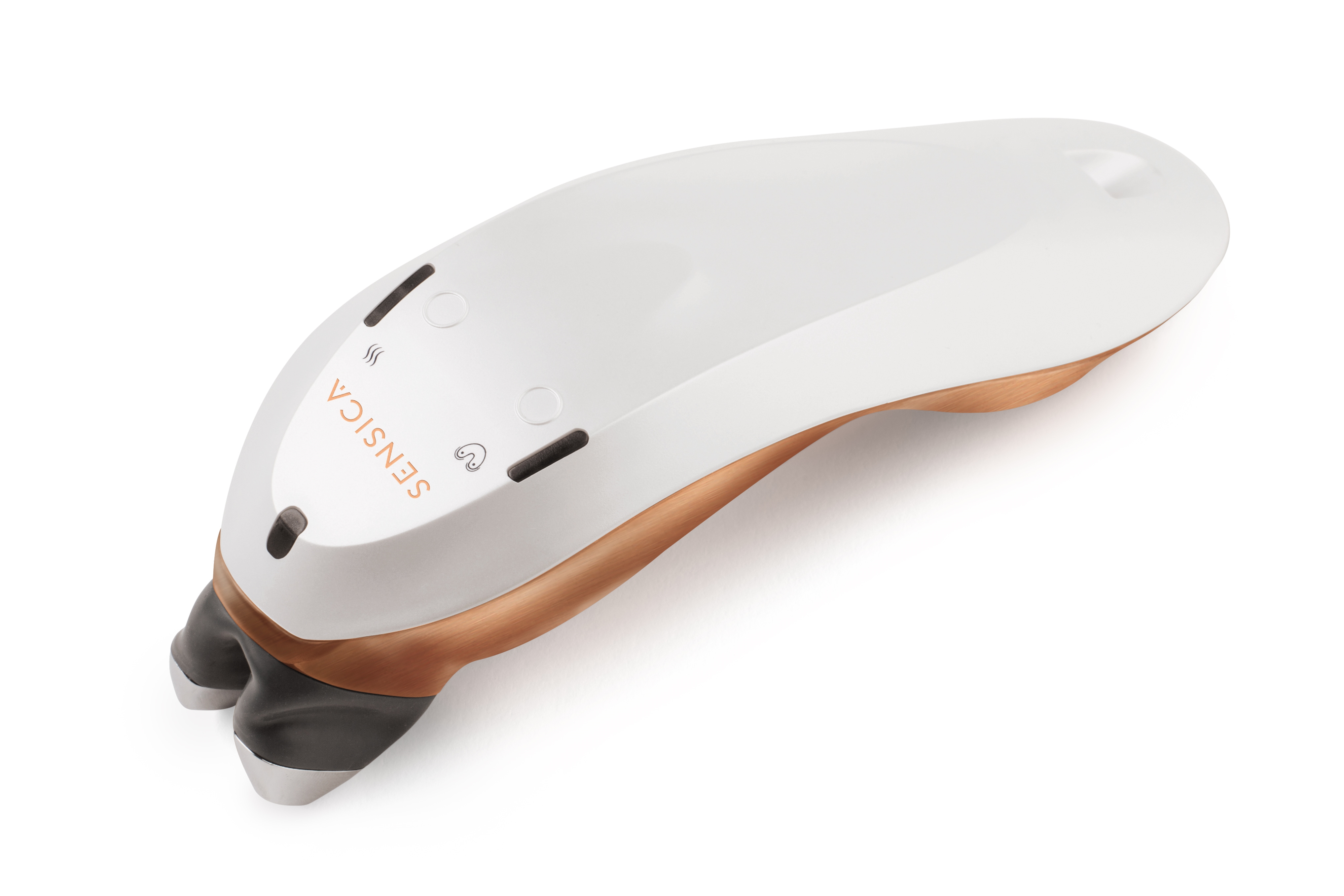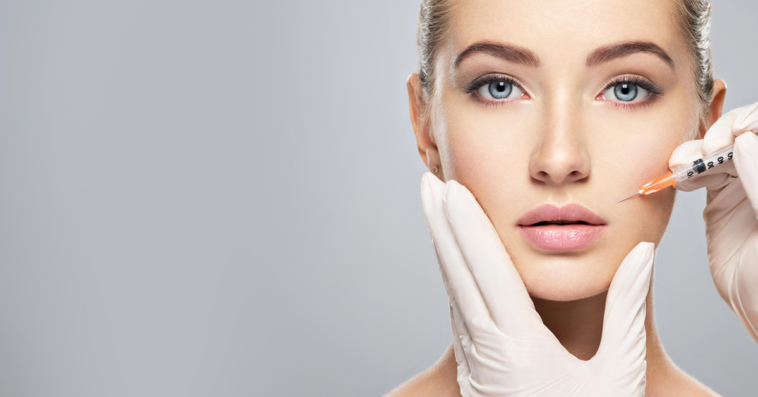It may sound counterintuitive, but for centuries women have used acids to improve the appearance of their skin. Even Cleopatra bathed daily in asses’ milk – a type of lactic acid. However, not everything you read about facial acids, including hyaluronic acid (HA), is straightforward.
What is Hyaluronic Acid?
First, it’s important to note that Hyaluronic Acid is actually produced by our own skin cells and connective tissue. It is involved in tissue repair and acts as lubrication and cushioning for joints, hair, eyes, nerves and skin.
The beauty industry uses this acid widely, because of its amazing capacity to keep in moisture. One study even showed that 1 gram of HA can store up to 6 liters of water! We know that a lack of moisture is a major cause of aging in skin, hence the acid is essential in repairing the skin’s moisture barrier. Also, as we age, the amount of HA in our skin diminishes, which is where the use of HA serums comes in. But, do we really know what these magic potions contain?
HA in Your Skin Products
When you see Hyaluronic acid listed as an ingredient in your product, for example 90%, this 90% is not solely comprised of HA, there is something else combined with it. That extra “something” is Sodium Hyaluronate (SH), a water-soluble salt form of HA, holds 1,000 times its weight in water. Both HA and SH are used in beauty products and are usually collectively referred to as ‘HA’. However, there are important differences: SH is a smaller molecule, and hence penetrates the skin better. In contrast, in order for HA to be small enough in molecular weight to penetrate the skin surface and hydrate it, it has to be bioengineered. This means that when you see Hyaluronic Acid listed in your next beauty product, you now know it is a combination with Sodium Hyaluronate.
SH also doesn’t come in a pure form, but rather in a solution that’s mainly water. But watch out, if your skin product contains over 4% SH it can dry out the skin. The problem is that we can’t really know the precise content of the product without a lab analysis.
HA in Clinics
While HA is used in various beauty products it is also used in institutions such as clinics for more intensive procedures. Hyaluronic acid comes in different forms which makes it possible for people to use in: cheekbones, cheeks, lips, etc. to do various things like: increasing lip volume, fill in lines, increasing the volume of the face in general, etc.
The Real HA Effect
The bottom line is that products claiming to contain only HA don’t, because the molecule alone is too big to penetrate the skin as is. You’d wait forever to redress wrinkles if you were applying it topically and, because HA molecules extract water like a sponge wherever they can, your skin would dry out and become uncomfortably tight.
More seriously, when used in dermal fillers in cosmetic surgery, HA can lead to complications such as the severing of nerves and vessels, bruising and pain, and in some cases, can even lead to the grandly-titled: granulomatous foreign body reaction. A granuloma is an inflammation found in several diseases, as a result of the immune system trying to get rid of substances (like bacteria and fungi) that it identifies as foreign.
A safer way
With all this in mind, you may well be thinking of investing in a less invasive answer to aging skin! The handheldSensilift device, created by the medical esthetics experts at Sensica, is a non-invasive means of reducing wrinkles and fine lines, tightening up the skin and improving its appearance. Its advanced technical abilities give you the same results as visiting an expert salon, but from the comfort of your own home and at your own convenience. No downtime, no pain, no risk, no surgery!

Driving to a clinic is old news. Take care of your skin the dynamic way – find out how
